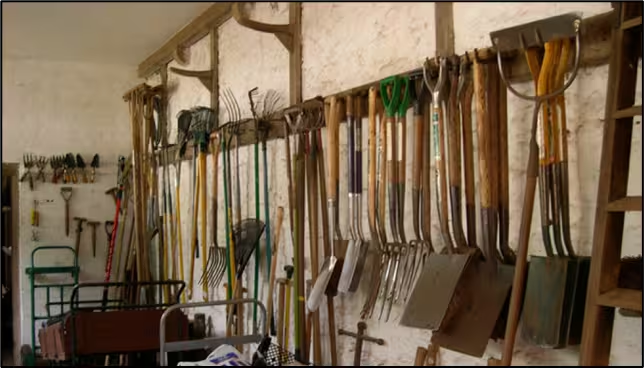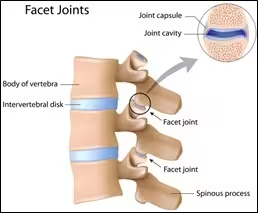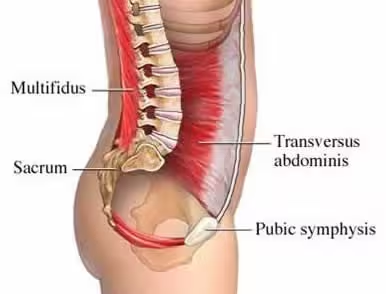Arthritis – Not the inevitable effect of age
The cold weather tends to aggravate peoples aches and pains, so at this time of year I frequently hear patients saying “It’s my age, I’ve just got to put up with it”.
Arthritis is not the inevitable effect of age! The belief that it is a foregone conclusion frequently baffles me and yet I hear it all the time. Let’s think of a metaphor for this;
My Nan used to have tools in her shed that she’d had since before I was born. They all had a specific place where they were kept and tools like the spade and fork had to be cleaned and dried after each job before they were put away. A tool for every job and a job for every tool. They all had signs of wear, of course they did, they were well over thirty years old and had had a lot of use. Scuff marks here and there would boast of some several thousand potatoes harvested, but they were still as useful as the day they were bought. Contrast this with my garden, at the time of writing I can see the fork outside planted in the ground, bare to the wind and the rain and left there after finishing digging a few months ago. The spade is leant against the fence, exposed to the elements since I used it to try and lever a tree root out in July…it bent…perhaps that’s not what a spades designed for… Which tools are going to last better and what has age got to do with it?

We tend to think of our body as something that’s destined to fail if we use it too much. This is not the case. Our bodies will age, they will show signs of use (like arthritis), but they won’t disintegrate around us provided we look after them properly.
Let’s use spinal joints as our example in the body. Each vertebra in our back has three points that bear weight. There is the body at the front where the disc sits, and two joints at the back. Three weight bearing points like a tripod, sharing the load between them. If our posture deviates from the ideal, the tripod leans on fewer points, putting a greater strain through a smaller area. This pressure also compresses local blood vessels and decreases the nutrition available to the tissues that make up the joint. The surrounding muscles tighten to stabilise the area and this further compromises the local blood supply.

Furthermore, we tend to think of our spine as the sole weight-bearing structure of our body. It isn’t. Our spine is designed much more efficiently for movement than for weightbearing. In fact, our body cavities (such as our abdomen and thorax) play a crucial role in weight bearing, and our core stability is vital for this. Think of an unopened can of soft drink, if you placed two cans on the floor, you could stand on them and they’d bear your weight. This can be compared to the trunk of our body with the core muscles operating appropriately. Imagine if the ring-pull on the cans had been opened, if you tried to stand on them they’d collapse. Our body is more adaptable than this and doesn’t collapse with poor core stability, but it does become much more dependent on our spine to bear weight when the body cavity can’t. This puts extra strain on those three points of the vertebra and places more of a demand on those structures than they can healthily manage in the long term. In this case our tools are not being used properly and degenerative changes such as arthritis can be the result.
This is why arthritis isn’t a result of the age of the joint, nor is it the amount of use it has had. We just need to learn to look after our tools and use them properly. Maintaining good core strength and keeping mobile gives you the perfect balance of stability and flexibility.
If you need any advice on building core strength or getting more flexible, or if you’ve got a persistent pain that is preventing you from getting more active please get in touch!
